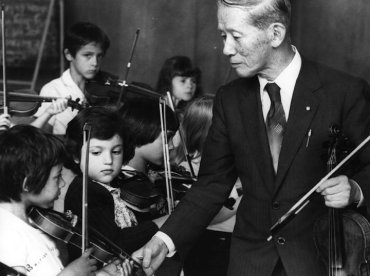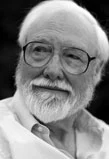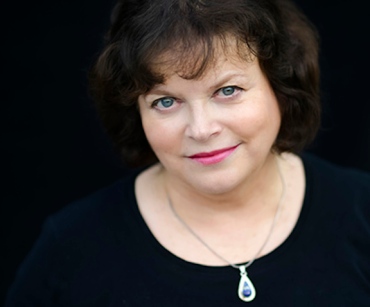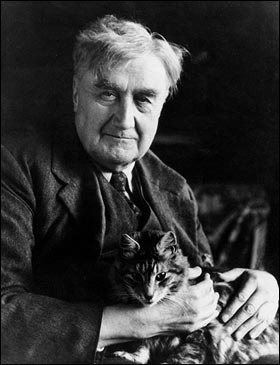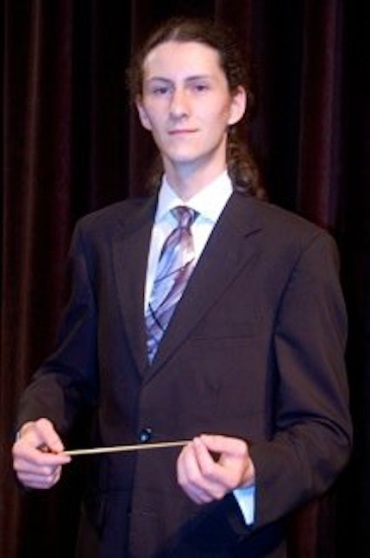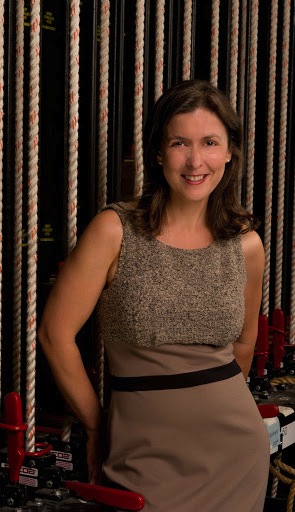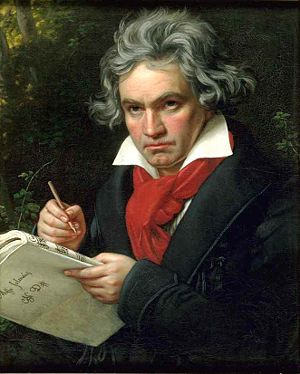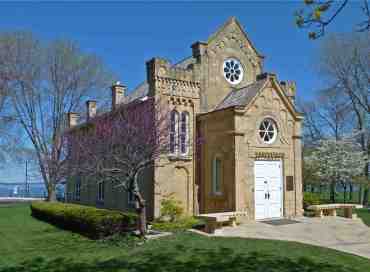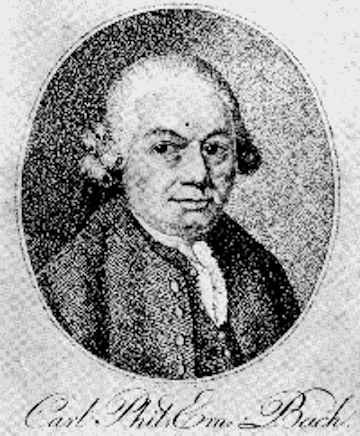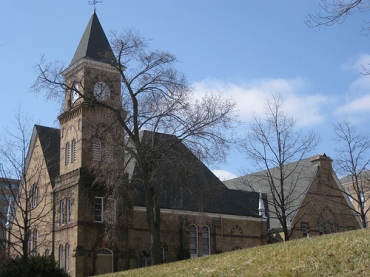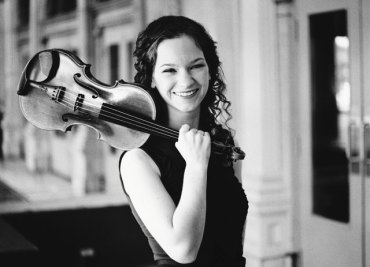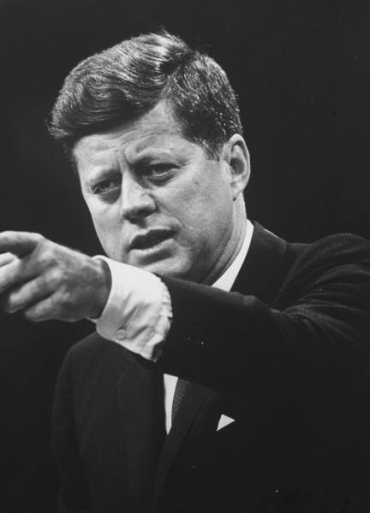The Well-Tempered Ear
Classical music education: Was the man who invented The Suzuki Method for learning strings and the musical instruments a fraud? Violinist Mark O’Connor thinks so. What do you think?
2 Comments
By Jacob Stockinger
Was Shinichi Suzuki (seen below teaching British students in 1980) a fraud?
You might recall that he is the man who invented the famous Suzuki Method for learning strings and other kinds of musical instruments, including the piano. Entire schools are based on his method.
BUT: American violinist Mark O’Connor thinks he was a fraud.
O’Connor (below) is the same musician who teaches at the prestigious Berklee School of Music in Boston and who plays and records best-selling CDs like “Appalachian Journey” with bassist Edgar Meyer and superstar cellist Yo-Yo Ma.
Now The Ear suspects there will be millions, probably tens or hundreds of millions, of parents and young people – all Suzuki students at one time – who might wish to disagree with O’Connor.
And it sure seems like the Suzuki has led to a lot of Asian students and others who learned through Suzuki playing in major orchestras and attending major conservatories.
At the bottom is YouTube method by a Dallas-based Suzuki teacher who tries to explain and defend the Suzuki Method as a “natural” method that is based on the idea of a “mother tongue.”
But you should make up you own mind about such matters, which are as ethical as they are pedagogical or musical and which force us to confront the practicality and efficacy of competing teaching methods.
So here is a link to a story on NPR (National Public Radio) about the controversy.
Be sure to read the more than 100 comments from readers.
See what you think and then let us know.
http://www.npr.org/2014/11/16/364140413/twinkle-sparks-fireworks-as-fiddler-guts-violin-method
The Ear wants to hear.
Tags: America, Appalachian Journey, Arts, Asia, bass, Berklee College of Music, Cello, Chamber music, Child, children, Classical music, Compact Disc, Dallas, double bass, Edgar Meyer, fraud, Jacob Stockinger, Japan, Madison, Mark O'Connor, mother tongue, Music education, musical instruments, National Public Radio, NPR, Piano, Shinichi Suzuki (violinist), strings, Suzuki, Suzuki Method, United States, Violin, Yo-Yo Ma, YouTube
Classical music: The Madison Opera triumphed in Beethoven’s “Fidelio.”
6 Comments
By Jacob Stockinger
Loyal readers of this blog know very well the name of Mikko Utevsky. The young violist and conductor is a sophomore at the University of Wisconsin School of Music, where he studies with Pro Arte Quartet violist Sally Chisholm and plays in the UW Symphony Orchestra.
Utevsky, who has won awards and impressive reviews for his work in music education since his days at Madison’s East High School, is the founder and conductor of the Madison Area Youth Chamber Orchestra (MAYCO), which will perform its fifth season next summer. He was recently named the new Music Director of a local community orchestra, The Studio Orchestra. The ensemble has a website at (www.disso.org).
You can check out his many honors and projects by typing his name into the search engine on this blog site.
Utevsky offered The Ear a review of last weekend’s production of Ludwig van Beethoven’s opera ‘Fidelio” by the Madison Opera at the Overture Center.
I immediately took him up on the offer. After all, he is a fine and perceptive writer who, you may recall, blogged for this post when he was on tour two summers ago with the Wisconsin Youth Symphony Orchestras (WYSO) tour to Vienna, Prague and Budapest.
Here is the review of “Fidelio” by Mikko Utevsky (below):
By Mikko Utevsky
The Madison Opera has done it again.
Perhaps it is a mark of Katherine Smith (below, in a photo by James Gill) settling into her tenure as General Director.
Perhaps it is the Madison Symphony Orchestra’s continual growth and development as a regional orchestra of versatility and repute.
Perhaps it is the luck of discovering singers at the outset of promising careers, whose success has not yet priced them out of the range of smaller companies.
Whatever the reason, last Sunday’s performance in Overture Hall of Ludwig van Beethoven’s only opera, the monumental “Fidelio,” was a true triumph for what can only be regarded as a company going places.
Briefly, “Fidelio” is the story of a woman, Leonore, who disguises herself as a boy — “Fidelio” meaning the “faithful one” — to infiltrate the prison where her husband Florestan is being wrongly held by his political rival, Don Pizarro.
When the King’s minister (Don Fernando sung by Liam Moran) announces a surprise visit, Pizarro (sung by Kelly Markgraf) decides to have Florestan killed to avoid the awkward explanation. At the last moment, Fidelio intercedes, and the arrival of Don Fernando saves the day.
The Madison Symphony Orchestra under artistic director John DeMain (below), in its usual reduced string complement, shone forth from the pit in more than its usual splendor this Sunday, with a firm, centered string sound and particularly powerful playing from the horns.
Above it soared a cast of creditable balance, with a veritable jewel in the center: Alexandra LoBianco, in the title role of Leonore/Fidelio.
LoBianco, in her first turn as the titular trouser role of Fidelio/Leonore, was beyond reproach in every way. Her captivating Verdian soprano that seemed equally at home in every moment of the opera, rendered with proper dramatic heft the imposing vocal challenges of the part, including a powerful lower register.
The moment when she steps forward at last to defend her husband from the evil Don Pizarro sent chills down my spine. It is hard to believe she has not sung this before; given how completely the role fit her.
Of the others, Clay Hilley’s (Florestan) powerful tenor sometimes substituted steel for warmth in navigating Beethoven’s punishingly high writing — a forgivable flaw in a role whose characterization leaves little room for luxury. His opening scene (“Gott! Welch Dunkel hier” or “God! How dark it is here!”) at the start of Act II was nevertheless absolutely spellbinding.
The chorus (below top and at the bottom, conducted by James Levine, in a YouTube video) was superbly prepared by Chorus Master Anthony Cao (below), who has brought the group’s performance level up considerably in recent years. A timid beginning to the famed prisoner chorus “O welche Lust” was quickly surmounted, and more than made up for by the rousing “Heil sei dem Tag” in the second act.
Sensitive lighting by Christopher Maravich relieved some of the potential for monotony in a visually subdued staging, which featured sets from Michigan Opera Theater and costumes from the Utah Opera.
Both the sets and the costumes relied mostly on hues of brown. The sky showing above the walls of the prison shifted subtly to reflect the passage of time and the mood of the ensemble, providing as well a glimpse of the freedom held at arm’s length from most of the characters. The darkness of Florestan’s prison at the start of the second act was also evocatively rendered.
The scene change from dungeon to daylight before the final scene was distractingly long — could we have had one of the three other overtures Beethoven wrote to this opera to fill the silence? Certainly the orchestra was one of the stars of this production; let them play on!
The staging by director Tara Faircloth (below), in her Madison Opera debut, maintained interest and rewarded careful attention with choice details, though the melodrama and confrontation scenes in the dungeon were rather weak.
Neither of these sapped the sheer power of Leonore’s unveiling, or of the 11th-hour trumpet call announcing the arrival of Florestan’s savior (below left, with Don Pizarro below right) — moments that were absolutely electrifying and worth the price of admission on their own — but they did slow the pace of the act.
Unfortunately, the staging seemed to dodge the political difficulties of the plot, focusing merely on the abstract notion of “freedom” without exploring the implications of Don Fernando’s benevolent proclamations in the final scene.
In the current political climate, I would have hoped for a stronger thesis here — surely Beethoven (below) the revolutionary would have something to say today!
For the most part, these are quibbles with an overwhelmingly excellent production of which the Madison Opera can be justifiably proud. I left the hall feeling uplifted, and I look forward to the rest of the season.
Tags: Alexandra LoBianco, Arts, Beethoven, choral music, choral singing, chorus, Classical music, Clay Hilley, Fidelio, freedom, Jacob Stockinger, John DeMain, Kathryn Smith, Kelly Markgraf, Leonore, Ludwig van Beethoven, Madison, Madison Opera, Madison Symphony Orchestra, opera, Orchestra, Overture, Overture Center, revolution, revolutionary, Tara Faircloth, YouTube
Classical music: Today is Thanksgiving. What piece of classical music or composer do you most give thanks for?
10 Comments
By Jacob Stockinger
Today is Thanksgiving Day – Thursday, Nov. 27, 2014.
And today’s post is simple:
Just tell The Ear what piece of music or composer you most give thanks for and why.
It doesn’t have to be big (an opera, symphony or concerto) or a recognized masterwork. It could be a small work (a prelude or song) that you are perhaps learning to play or sing that you heard most recently.
The music or the composer could be very well-known or obscure.
Your choice could be old or it could be new.
But whatever your choice is, it should hold special meaning for you. The piece of music should speak to you deeply and directly and make you feel that your life is enriched by it –- at least right now, if not in the past or the future, even though such choices tend to have staying power even from childhood into old age.
If The Ear gets enough reader comments and responses, maybe even with links to a YouTube video, it might serve as a list of suggested listening for other readers.
To celebrate all your choices, and all the possibilities of the musical arts, here is the original version with orchestra and 16 singers done by the London Symphony under conductor Sir Adrian Boult, of the lovely “Serenade to Music” by the English composer Ralph Vaughan Williams.
Tags: Arts, Chamber music, Classical music, Compact Disc, composer, concerto, Early music, Jacob Stockinger, London Symphony Orchestra, Madison, Metropolitan Opera, Music, opera, Orchestra, Piano, Prelude, Ralph Vaughan Williams, Serenade to Music, Singing, Sir Adrian Boult, song, symphony, Thanksgiving, Violin, vocal music, YouTube
Classical music: Bummer!!! The recent recital by YouTube sensation Valentina Lisitsa proved tedious and showed that great pianists aren’t always great musicians.
9 Comments
By Jacob Stockinger
Valentina Lisitsa (below), the Ukraine-born pianist who has become a YouTube sensation, played a recital here last Thursday night at the Wisconsin Union Theater. It featured music by Ludwig van Beethoven, Robert Schumann, Johannes Brahms and Sergei Rachmaninoff.
All four men were accomplished pianists as well as composers.
So you would have thought that nothing could go wrong.
But it did.
Big time.
From the time she took the stage, Valentina Lisitsa seemed ill-at-ease and unsure of what to do musically. What resulted was a very long concert with too much boredom and tedium.
Her default position seemed to be to play a lot, and then play some more. It turned out to be more like a marathon or a 19th-century “monster concert” than a typical piano recital. I don’t know what the intent of her program was except perhaps to show off her undeniable stamina.
True, the “new media” phenom, who has a clear gift for self-promotion and who attracts avid groupie-like fans to her many YouTube videos and concerts, played for the better part of three hours and never seemed to break a sweat, even in the most difficult pieces.
But I have to concur with The Wise Piano Teacher who said: “It was the worst piano recital I’ve heard in my life, and I’ve heard a lot of them. I came home angry.”
The teacher wasn’t alone.
Except for a few of the miniature intermezzi by Brahms and a few of the ingenious etudes by Schumann, the piano playing seemed disjointed and the music too often lacked musicality.
Now, my instinct is to be generous and to make allowances. Maybe it was just an “off” night. Or maybe she felt ill or sick. Or maybe she has been overbooked or underrehearsed in recent weeks.
I do know that I have heard Lisitsa play much better, though she seemed at her best when she accompanied the gifted American violinist Hilary Hahn (below), who perhaps gave her some interpretive direction.
The Ear kept thinking of the response by Vladimir Horowitz (below) when somebody asked him why he didn’t take the second repeats in sonatas by Domenico Scarlatti or why he didn’t play late sonatas by Beethoven. “I don’t want to bore the audience,” he said.
Lisitsa showed no such concern for the audience. In fact her program, her stage manner and her playing all seemed listener-unfriendly. At times, her recital even seemed condescending and disdainful of the ordinary listener.
As a critic, I have to call it as I hear it. But I take no joy in writing this. There are few enough solo piano recitals in Madison these days, and I had really looked forward to this one. Rarely do I want to walk out of a concert of any sort, especially a piano concert. But this time I did want to walk out -– and I did leave early, during a Franz Liszt encore that was his arrangement of Franz Schubert’s “Ave Maria.” I also saw some other serious music fans walk out even earlier.
As for the all-Romantic program itself, here are some snapshots or mini-critiques:
The “Tempest” Sonata by Beethoven (below): This great sonata was frequently reduced from a tempest to directionless wind by dropped or missed notes and choppy interpretation as well as by inattention to dynamics. It just didn’t make sense intellectually or emotionally -– and it is a great masterpiece of emotional depth. And certainly her playing of the same work in a live concert in Paris in a YouTube video at the bottom is better than what I heard live here.
The “Symphonic Etudes” by Robert Schumann (below top): Decca has just released an 85-minute recording (below bottom) of Lisitsa playing these pieces plus the complete Chopin etudes. She seems drawn to etudes, perhaps because they often favor fingers over music. And this woman has fingers and technique to spare, even if she lacks musical ideas. imagination and something to say.
Selected Intermezzi by Johannes Brahms (below): She didn’t stick to the program, and didn’t announce the changes to the audience. She played 14, but after a while they all ran together and it seemed more like 114. Better she should have played a set of just three or four intermezzi as a quiet interlude –- which was their original intended purpose. But instead she too often rushed through them. We missed the poignant melodies and harmonies, the autumnal soulfulness of late Brahms, to say nothing of the careful construction and counterpoint he used.
Sonata No. 1 in D Minor by Sergei Rachmaninoff (below): The Ear thinks Lisitsa knew she has confused and lost her small audience when she went from the long Brahms set directly into the Rachmaninoff sonata. I heard some audience members wonder about what they were hearing – where Brahms had stopped and Rachmaninoff had begun. This sonata is a hard piece to hold together, and it didn’t help that she favored big noise over music, big chords over subtle voices.
All in all, and despite a standing ovation — for her strength and brilliance, one suspects — The Ear found it a night to forget. I have heard Valentina Lisitsa (below) in better form and I wish I knew what happened here.
“Was she annoyed that the house wasn’t full?” someone asked. Maybe, although such an attitude would be highly unprofessional and too peevish or diva-like.
But I do know that when she next appears in a solo recital, I will think twice -– more than twice -– about attending.
That is too bad for me and too bad for her, too bad for the audience and too bad for the presenter.
But everyone’s a critic.
What did others of you who attended Valentina Lisitsa’s recital think?
Did you judge it a success or a failure?
The Ear wants to hear.
Tags: Arts, Ave Maria, Beethoven, Brahms, Chamber music, Chopin, Classical music, Compact Disc, D minor, Decca, Domenico Scarlatti, etude, Franz Liszt, harmony, intermezzo, Jacob Stockinger, Johannes Brahms, Liszt, Ludwig van Beethoven, Madison, melody, Music, new media, Rachmaninoff, Romantic era, Schubert, Sonata, Tempest Sonata, University of Wisconsin-Madison School of Music, University of Wisconsin–Madison, Valentina Lisitsa, Violin, Vladimir Horowitz, Wisconsin Union Theater, YouTube
Classical music: Here is an update on events and news at the University of Wisconsin School of Music. That includes the performances of music by Verdi, Dvorak and Vaughan Williams on this Saturday and Sunday nights by the UW Choral Union and UW Symphony Orchestra.
Leave a Comment
By Jacob Stockinger
If you don’t already know about A Tempo, you should.
It is the official blog of the University of Wisconsin-Madison School of Music.
Started by Katherine Esposito (below), the new concert manager and director of public relations, the blog contains updates about upcoming concerts as well as behind-the-scenes news concerning students and faculty and the entire UW-Madison School of Music.
It is rich with links and sound samples.
Perhaps you want to know about the two performances this weekend (in Mills Hall on Saturday night at 8 p.m. and Sunday night at 7:30 p.m.) by the UW Choral Union and the UW Symphony Orchestra. They include the first-ever UW-Madison performance of the “Te Deum” by Antonin Dvorak (at bottom in a YouTube video) as well as the “Te Deum” of Italian opera composer Giuseppe Verdi and the “Flos Campi” by British composer Ralph Vaughan Williams.
Perhaps you want to know about the school’s beefed up jazz program and early December events under the leadership of pianist Johannes Wallmann (below) and how it cooperates with area high schools.
Perhaps you want to know about the scholarship donation program or catch up on a klezmer workshop that took place this past week.
Or maybe you need to know how to sign up for the annual summer national cello workshop and cello choir (below top), run by UW-Madison cellist Uri Vardi (below bottom) and his wife.
Or maybe you don’t know about the latest award won by the UW-Madison composer Laura Schwendinger (below).
They are all in the latest online issue of A Tempo.
Here is a link.
If The Ear were you, he would bookmark it or subscribe to it.
http://uwmadisonschoolofmusic.wordpress.com
Tags: Antonín Dvořák, Arts, Cello, Chamber music, Choir, Classical music, Dvorak, Early music, Flos campi, Jacob Stockinger, Jazz, Johannes Wallmann, klezmer, Laura Schwendinger, Madison, Music, Music of the United Kingdom, opera, Orchestra, Piano, Ralph Vaughan Williams, Te Deum, University of Wisconsin-Madison School of Music, University of Wisconsin–Madison, Verdi, YouTube
